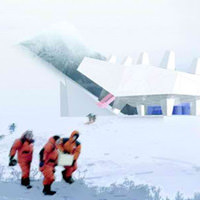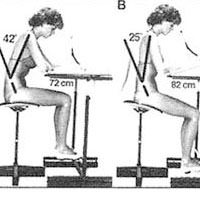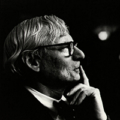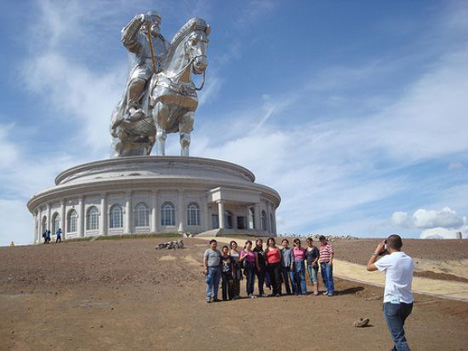
image source: foreignpolicy.com
This article in not related to architecture, more like town planning. Since architecture is the building blocks of a city, I thought it is interesting to share this interesting information on statues. Wikipedia on Genghis Khan Equestrian Statue:
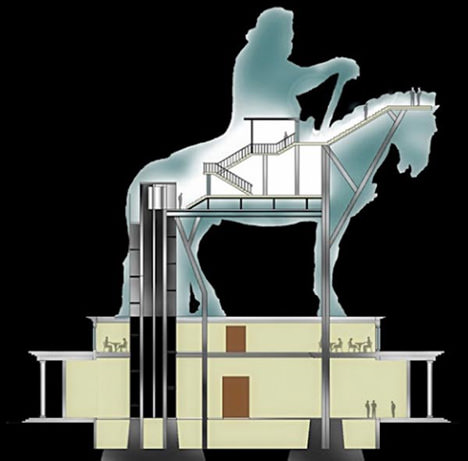
Just in case you’re wondering.
What is the meaning of the horse’s position?
If the horse has three legs on the ground, the rider was wounded in battle, if the horse has two legs on the ground then the rider died in battle, if the horse is stationary the rider did not die in battle. Some say this is a myth, or an urban legend. There is no official rules, but most sculpture artist do honor this rule when they sculpt.
The Genghis Khan Statue is a 40-metre tall statue of Ghengis Khan on horseback, on the bank of the Tuul River at Tsonjin Boldog (54 km east of the capital Ulan Bator), where according to legend, he found a golden whip. The statue is coverered in 250 tons of stainless steel is symbolically pointed south toward China. It is on top of the Genghis Khan Statue Complex, a visitor centre, itself 10 metres tall, with 36 columns representing the 36 khans from Genghis to Ligdan Khan. It was designed by sculptor D. Erdembileg and architect J. Enkhjargal and erected in 2008. Wikipedia

